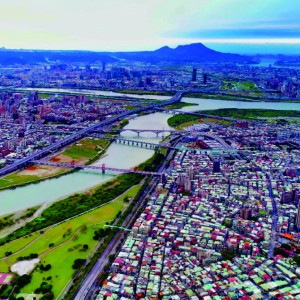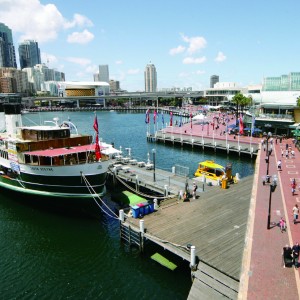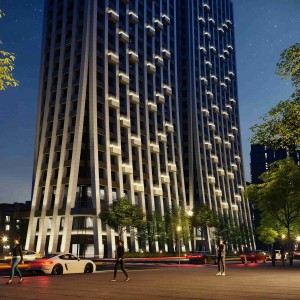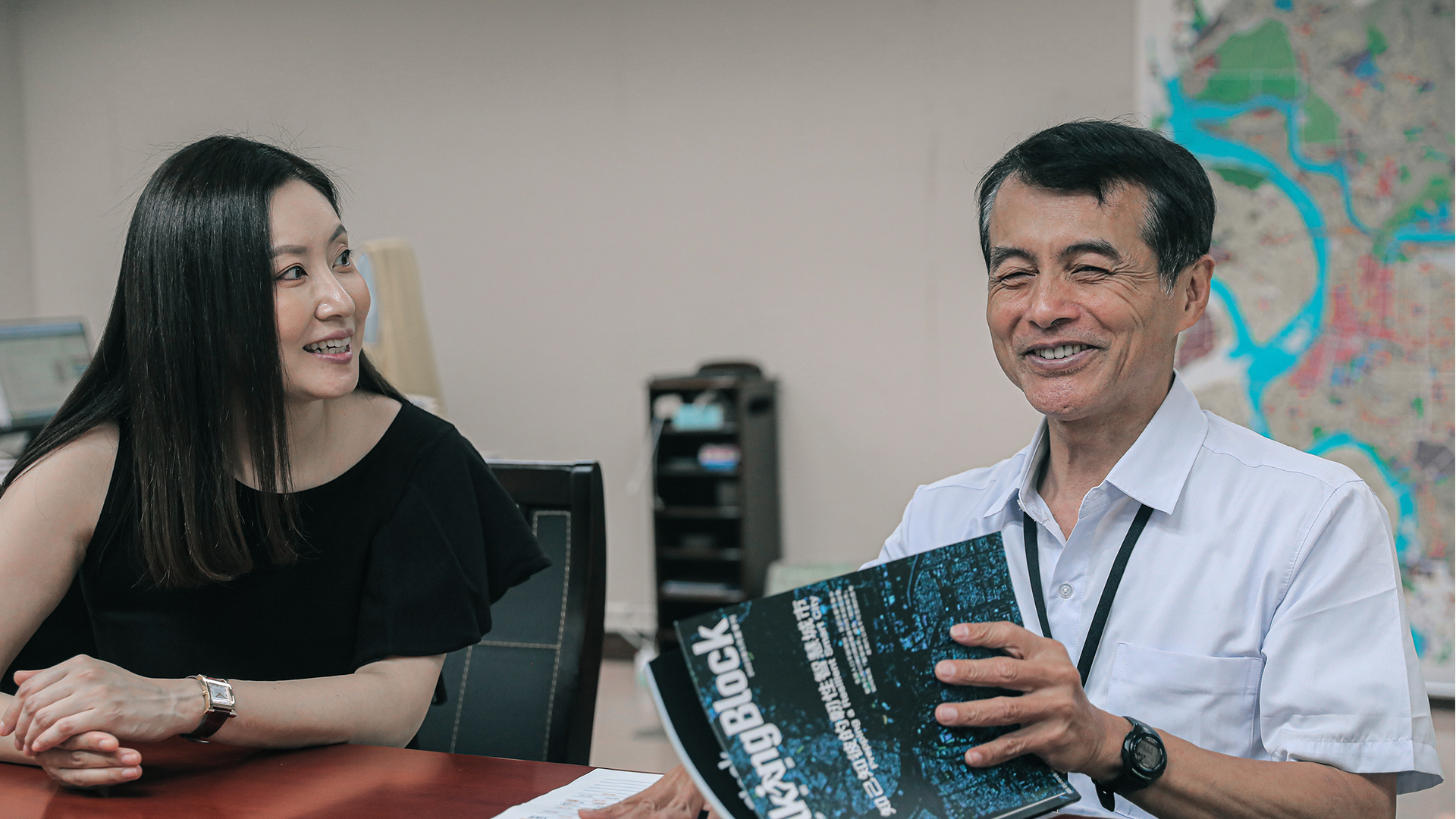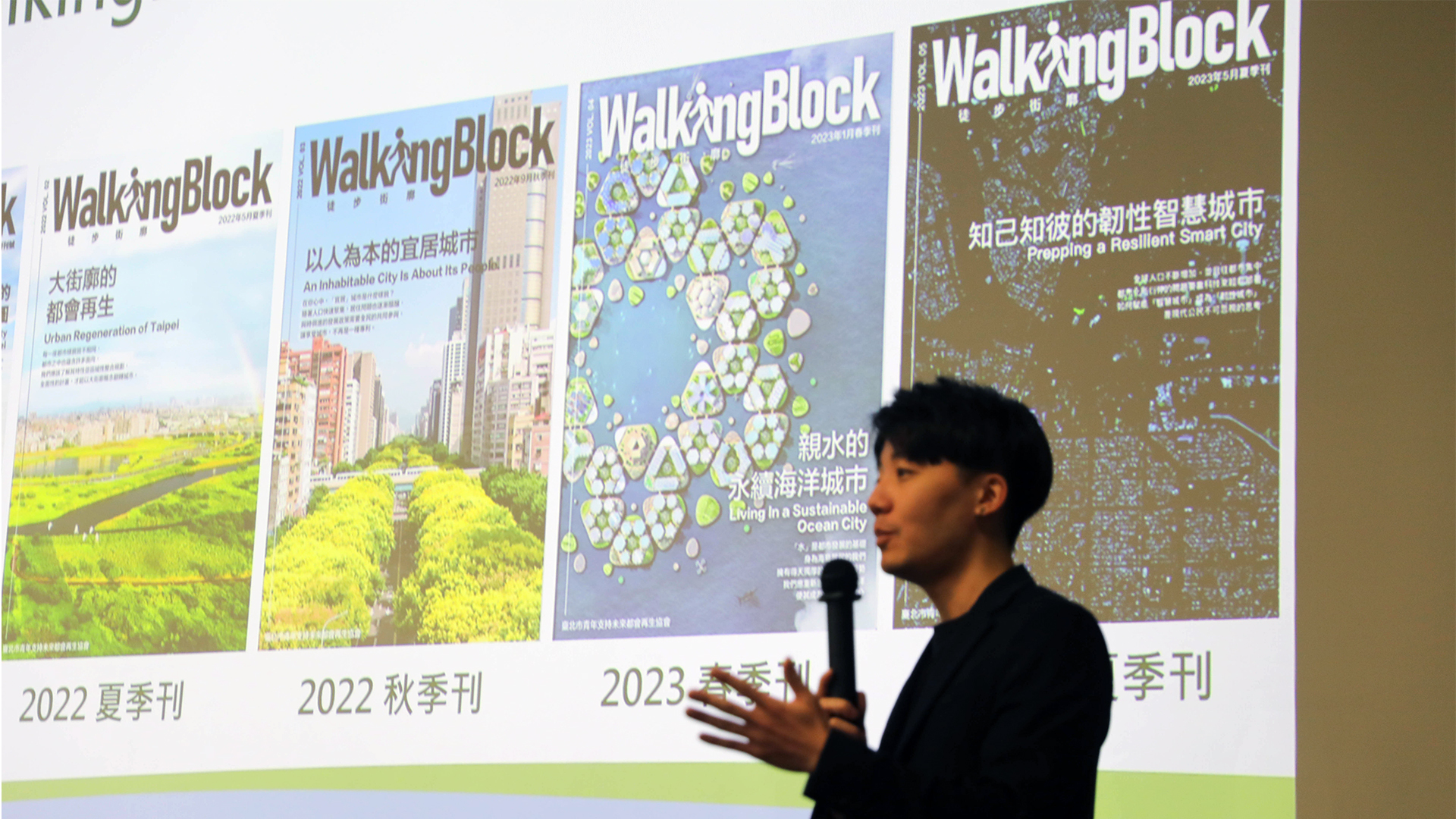Enter the IFLA - International Federation of Landscape Architecture
A few key notions to understand the supra-national institution that promotes landscape culture today.
Generally speaking, landscape architecture is the design of outdoor areas, landmarks, and built structures to achieve environmental, social-behavioral, and aesthetic outcomes. It involves the systematic design and engineering of outdoor spaces for construction and later human use, as well as the study of the landscape's social, ecological, and geological processes. The profession's scope is vast and can be subdivided into various sub-categories possibly regulated by license-based qualifications issued by the government. In general, practitioners are called landscape architects. Anyway, within a jurisdiction where a professional license is required, only those who possess it can be called so.
Although conditions change according to the different degrees and systems of institutional acknowledgment of the profession, today the tasks of the landscape architect have grown to include:
1. Developing and managing landscape by carrying out actions and developing heritage protection projects, preserving natural and cultural landscapes, rehabilitating degraded landscapes, and engaging new developments through design, planning, management, and maintenance.
2. Conducting research and analysis to develop sustainable landscape design, planning and management practices, theories, methods, and development strategies to promote green infrastructure, the sustainable management of natural, agricultural, rural and urban landscapes, and the sustainable use and management of global environmental resources.
3. Carrying out feasibility studies and impact assessments to gauge the effect of human development on the ecology, environmental character, cultural values, community health, and welfare of landscapes.
4. Collecting and documenting data through site analysis, including an appreciation of indigenous practices, landform, soils, vegetation, hydrology, visual characteristics, and human-made and managed features.
5. Preparing landscape documentation, including drawings, specifications, schedules, and contract documents, and calling tenders on behalf of clients.
6. Managing digital technologies and representation of spatial systems and client or community presentations related to the environment and landscape.
7. Engaging local communities, authorities, and stakeholders by public participation in decision-making relating to projects that impact the landscape.
8. Providing expert advice and advocacy on landscape matters in conflict resolution, judicial courts and commissions, competitions, media, and public relations.
That said, recent key developments in the discipline are associated with the manifestation of conditions that brought to what is now dubbed landscape urbanism. With the progress of global urbanization in world regions that lack historical urban nuclei or preexisting systems of public space but are characterized by extensive settlements, landscape elements such as urban parks, linear parks, squares with natural elements, or boulevards have become practical tools for structuring inhabited areas and providing a sense of civic identity beyond what can be achieved by traditional public space. Due to this, landscape architecture has acquired a prominent position in the context of urban debate worldwide.
Despite this and the aforementioned wide range of tasks, it is noteworthy to mention that the landscape architecture was not an autonomous discipline before the 19th century. In short, it is still young stuff. The gardening of manor houses, palaces, and royal properties has created the foundations for the establishment of the profession. Then, the very first to use landscape architect as a professional title was Frederick Law Olmsted in the late 19th century. He and a series of other coeval practitioners went on to establish landscape architecture as the discipline that engages public space and nature, including that of modern metropolises and natural areas under institutional control, therefore holding a role in the formation of modern societies. That is to say, landscape architecture's birth and seminal developments are interconnected with the early happenings of modernity in terms of social and landscape restructuring, urbanization, and the development of the particular institutions that define the modern nation-state together and the associated politics.
At the end of the 19th century, the term landscape architect began to be widely used and was finally consolidated by Frederick Law Olmsted Jr. when he founded in 1899 the ASLA - American Society of Landscape Architects, i.e., the first professional association in the field. The IFLA - International Federation of Landscape Architects followed in 1948, being established at Cambridge, UK, and originally involving representatives from 15 Western countries. The first president was Sir Geoffrey Jellicoe, an English architect, town planner, landscape architect, garden designer, landscape historian, lecturer, and author that was instrumental in the early stages of his professional career in awakening interests in Renaissance landscape design, thus counterbalancing the predominance of architecture at a historical focus of theoretical discussion concerning the inhabited environment.
Today a genuinely global federation, IFLA represents 77 national associations from Africa, the Americas, Europe, Asia Pacific, and the Middle East, each region having its own sub-presidency and sub-organization to ease operations. Through the member associations, i.e., the national landscape architecture associations that are the actual body of the federation, IFLA represents approximately 25,000 landscape architects worldwide, the total number of these estimated to be about three times that.
IFLA APR Regional Council Meeting 2016 Canberra
IFLA is officially active in both governmental and non-governmental organizations, e.g., UN, UNESCO, etc. It is not-for-profit, non-political, non-governmental and hopes to work collaboratively with all the other built-environment related professions. In particular, IFLA’s objectives are:
1. Developing and promoting the profession and discipline of landscape architecture, together with its related arts and sciences, throughout the world.
2. Establishing the profession in its continuing role as an instrument of aesthetic achievement and social change for the public good.
3. Contributing to identifying and preserving the intricate balance of those ecological systems upon which the future of civilization depends.
4. Establishing and promoting the highest standards of professional practice in the design and planning of the landscape, its management, conservation, and development globally.
5. Promoting the educational and professional international exchange of knowledge, skills, and experience.
To achieve such targets, IFLA runs a World Council, i.e., the governing body of the federation, comprising members of the Executive Committee and appointed members of the regional charters. The IFLA Executive Committee is responsible for the general management of IFLA, developing policies, and proposing these to the World Council. This committee is composed of President and Treasurer, 5 Regional Presidents, and chairs of the four active committees, i.e., the committee on EAA - Education and Academic Affairs, the PPP - Professional Practice and Policy Committee, the CER - Communication and External Relations Committee, and the FBP - Financial and Business Planning Committee.
IFLA APR Regional Congress 2017 Bangkok – Panel
The EAA Committee aims to advance education in the field globally, especially in developing countries. This committee strives to promote and maintain high standards of academic competencies in landscape architecture by facilitating support and cooperation related to educational development, accreditation, and parity across countries. It encourages the development of landscape architecture study programs and courses as well as the promotion of study, research, and exchange of knowledge between member associations.
The PPP Committee aims to plan, coordinate, develop, and oversee the professional practice and policy on issues related to landscape architecture. This is to ensure high standards of professional practice by the members and promote responsible actions to all matters relating to the profession.
The purpose of the CER Committee is to plan, coordinate, and develop IFLA’s communication strategy, including brand identity and image, internal communications, external communications, the relationship development with key global stakeholders, and general marketing to promote IFLA as a whole, hence the profession globally.
The purpose of the FBP Committee is to lead in the setting and coordination of the financial policies and standards across all of the operations, to monitor the financial management, and assist the treasurer in comprehensive planning, control, documentation, and reporting of financial matters. It is also responsible for leading and coordinating overall strategic and business planning across the organization, together with strategic assessment and development of new funding sources, ventures, and other projects that may grow the income of the federation for the sake of later investment in the promotion of the discipline.
IFLA APR Regional Council Meeting 2019 Cebu
That said, unfortunately, only a few jurisdictions worldwide need a license for the landscape architecture profession. Indeed, as aforementioned, it is a recent profession, and within a number of jurisdictions, the dichotomy of natural and urban areas corresponds to a dichotomy of non-inhabited and inhabited areas. That is, within the ‘mind’ and the processes of the governance of many states around the world, 'no building' means 'no need to design' still, no matter if this is unreasonable at a time of mobility and full interconnectivity of planet Earth. If we look to this, a long way has to be done before that landscape architecture can be fully explored, institutionalized, and communicated along with what landscape is. Indeed, if landscape architecture is yet to be properly acknowledged, the notion of landscape is, too. Nevertheless, as the rise of landscape urbanism explains together with the urgency of answers to the sustainability challenges posed by rampant environmental degradation, the landscape is crucial, and the discipline that focuses on it, too.
IFLA APR Regional Congress 2019 Cebu - Visit
I would say we live strange days. Though modernity has installed not only the socio-technical systems within which we live but also the hegemonic human presence in the global ecosystems, the ways in which this happened are not unitary, either linear, and the institutional ‘mindset’ with which the reality is today approached by the governance can be far from modern at times. As the renown French philosopher Bruno Latour said, from a certain point of view, "we have never been modern." In other words, if institutions like landscape architecture profession have developed and are required at the high standards of operation, they are very often disregarded, lack official space of action, and the practitioners globally may have no shared consistency of knowledge and operation.
Now, it should be clear why I started these few lines of text with a long preamble about the range of tasks and the theoretical relevance of landscape architecture today. In abstract, landscape architecture can do a lot, but there is often no condition for this to happen, thus for the discipline to consolidate and root into contemporary states' control systems worldwide. Such an incoherence is a key raison d'être behind IFLA, i.e., a global professional association meant to re-connect landscape architecture with the world that generated and needs this profession in order to overcome current socio-ecological impasses. That said, it should be clear how hard is the work of IFLA, too, which should generate occasions to educate non-professionals and support the definition of spaces for professional action by the governance, all while keeping relationships between the diverse developments of the profession worldwide and the issues of contemporary landscape emerging day by day.
Concluding, we can finally come to Taiwan, that fully participates in this picture. Given the relative absence of preexisting systems of public space, the diffuse urbanization, and the developing attention to the quality of public space, landscape architecture relevance is growing. However, even if the governance is investing in landscape developments and trigger improvements in both local design practices and their achievements, the governmental regulation of the profession does not exist yet. Actually, the possibility of this is heavily debated, and it is so that it witnesses how hard the task is to re-connect landscape architecture and contemporary society.
Nowadays, professional developments on the island are built upon loose regulatory efforts by the TILA - Taiwan Institute of Landscape of Architecture, i.e., the local professional association, which was established in 1994 and promotes essential preconditions to institutionalize the discipline while fully participating in IFLA. That said, if Taiwan seems to require efforts by TILA to coordinate education in the field, too, since this has diversified across the academic institutions of the island, the coming years are expected to showcase a strengthening of relation between TILA and IFLA, thus the strengthening of local disciplinary identity and new internationalization of local practitioners. Indeed, if the new President of the IFLA Asia Pacific Region charter is Taiwanese -i.e., Mrs. Monica Kuo, the chairman of the Landscape architecture department of Chinese Culture University, Taipei, and a well-known figure in the regional disciplinary context- in 2024 Taiwan is expected to host the IFLA World Congress, i.e., the key annual happening in the life of the federation.

Alessandro Martinelli
Previously involved in research projects and didactic activities at the Accademia di architettura in Mendrisio and the International Institute of Architecture in Vico Morcote, the Berlage Institute in Rotterdam, the Barcelona Institute of Architecture, the Canadian Centre of Architecture in Montreal, the Archivio Cattaneo in Cernobbio, and the Shih Chien University and the Huafan University in Taipei, Alessandro Martinelli is Associate professor at the Department of Landscape architecture, the Chinese Culture University, Taipei. He is also editorial director of ListLab publishers (www.listlab.eu) and works together with BIAS Architects & Associates (www.biasarchitects.com) on architectural and curatorial projects that concern the public space today.




